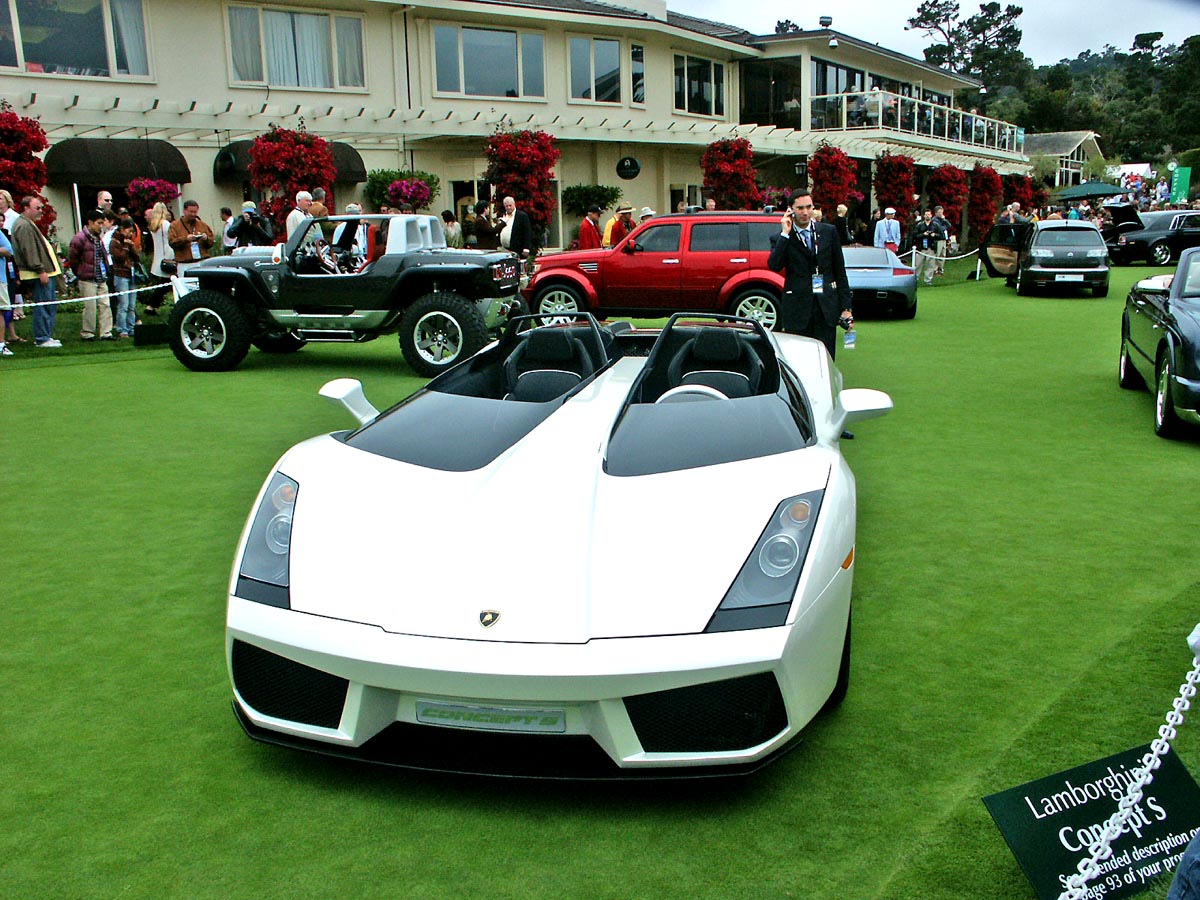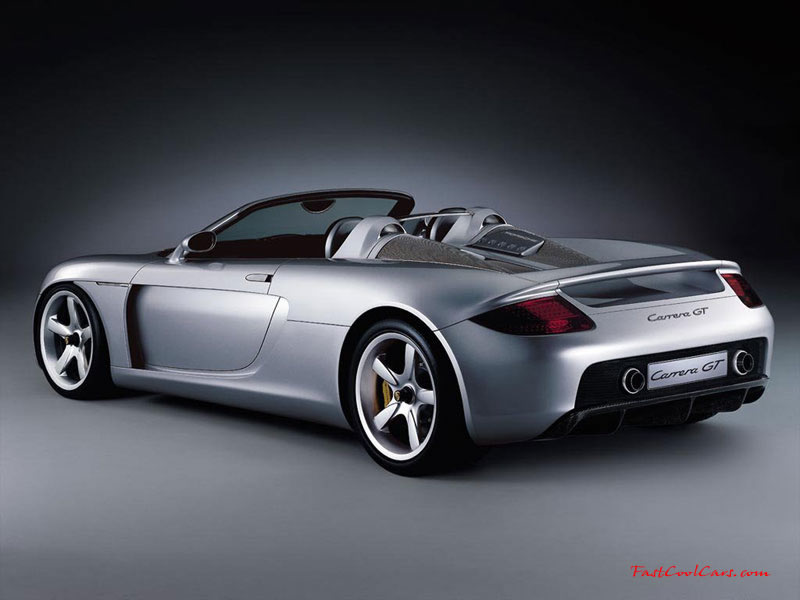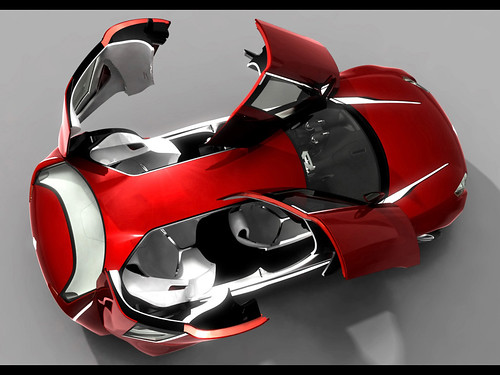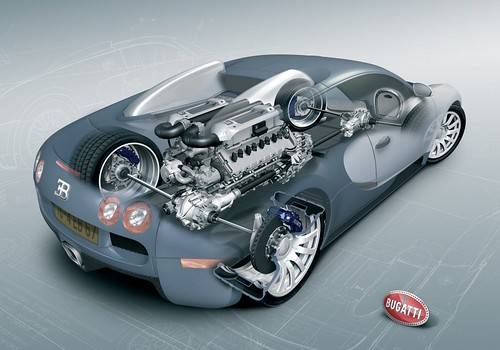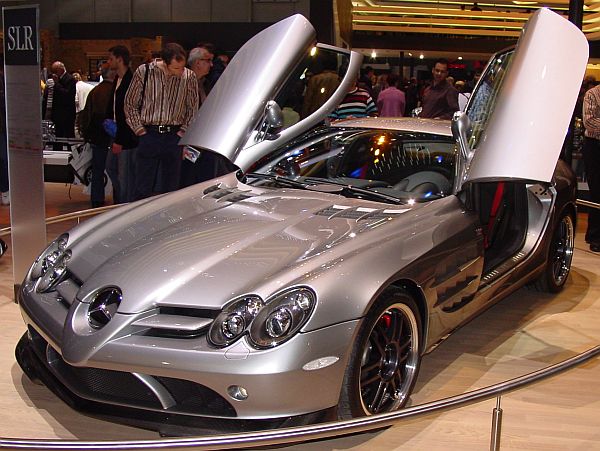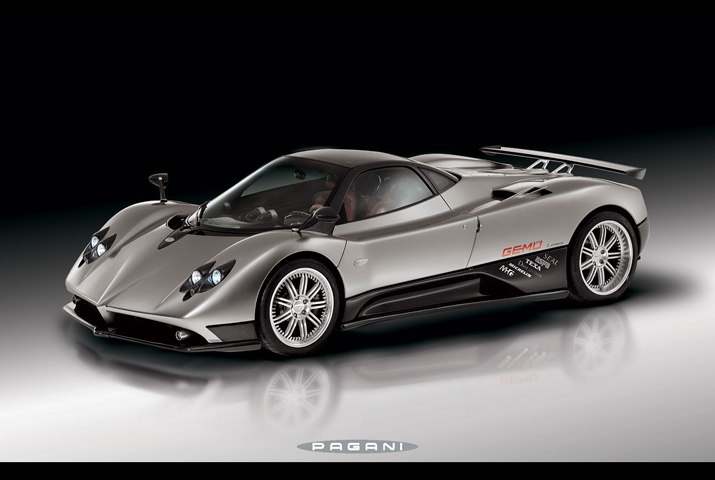The transmission is a dual-clutch direct-shift gearbox computer-controlled automatic with seven gear ratios, with magnesium paddles behind the steering wheel and a shift time of less than 150 milliseconds, by Ricardo of England rather than Borg-Warner, who designed the six speed DSG used in the mainstream Volkswagen Group marques. The Veyron can be driven in either semi- or fully-automatic mode. A replacement transmission for the Veyron costs just over $120,000. It also has permanent four wheel drive using the Haldex Traction system. It uses special Michelin PAX run flat tires, designed specifically to accommodate the Veyron's top speed, which reportedly cost $25,000 US per set.[6] The tyres can be removed from the rims only in France, a service which reportedly costs $70,000. Kerb weight is 2,034.8 kilograms (4,486 lb).[6] This gives the car a power to weight ratio, according to Volkswagen Group's 1,001 brake horsepower (746 kW; 1,015 PS) figures, of 446.3 bhp per ton.
The car's wheelbase is 2,710 mm (106.7 in). Overall length is 4,462 mm (175.7 in), width 1,998 mm (78.7 in) and height 1,204 mm (47.4 in).
The Veyron's hydraulic rear spoiler in the extended position
The Bugatti Veyron has a total of ten radiators.[7]
* 4 radiators for the engine cooling system.
* 1 heat exchanger for the air-to-liquid intercoolers.
* 2 for the air conditioning system.
* 1 transmission oil radiator.
* 1 differential oil radiator.
* 1 engine oil radiator.
It has a drag coefficient of 0.41 (normal condition) and 0.36 (after lowering to the ground),[8] and a frontal area of 2.07 square metres (22.3 sq ft).[9] This gives it a CdA value of 8.0 sq ft (0.74 m2).

bugatti veyron for sale
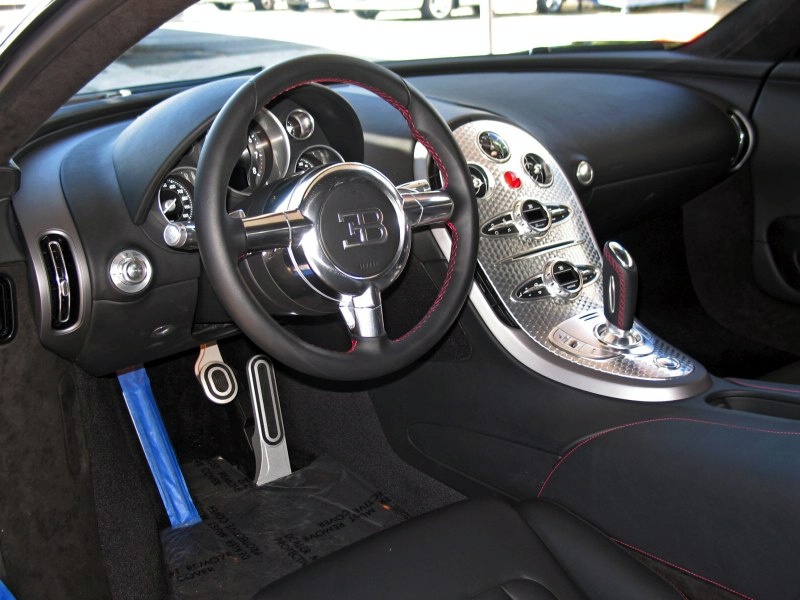
bugatti veyron for sale

bugatti veyron for sale

bugatti veyron for sale

bugatti veyron for sale
 bugatti veyron for sale
bugatti veyron for sale bugatti veyron for sale
bugatti veyron for sale bugatti veyron for sale
bugatti veyron for sale bugatti veyron for sale
bugatti veyron for sale bugatti veyron for sale
bugatti veyron for sale











